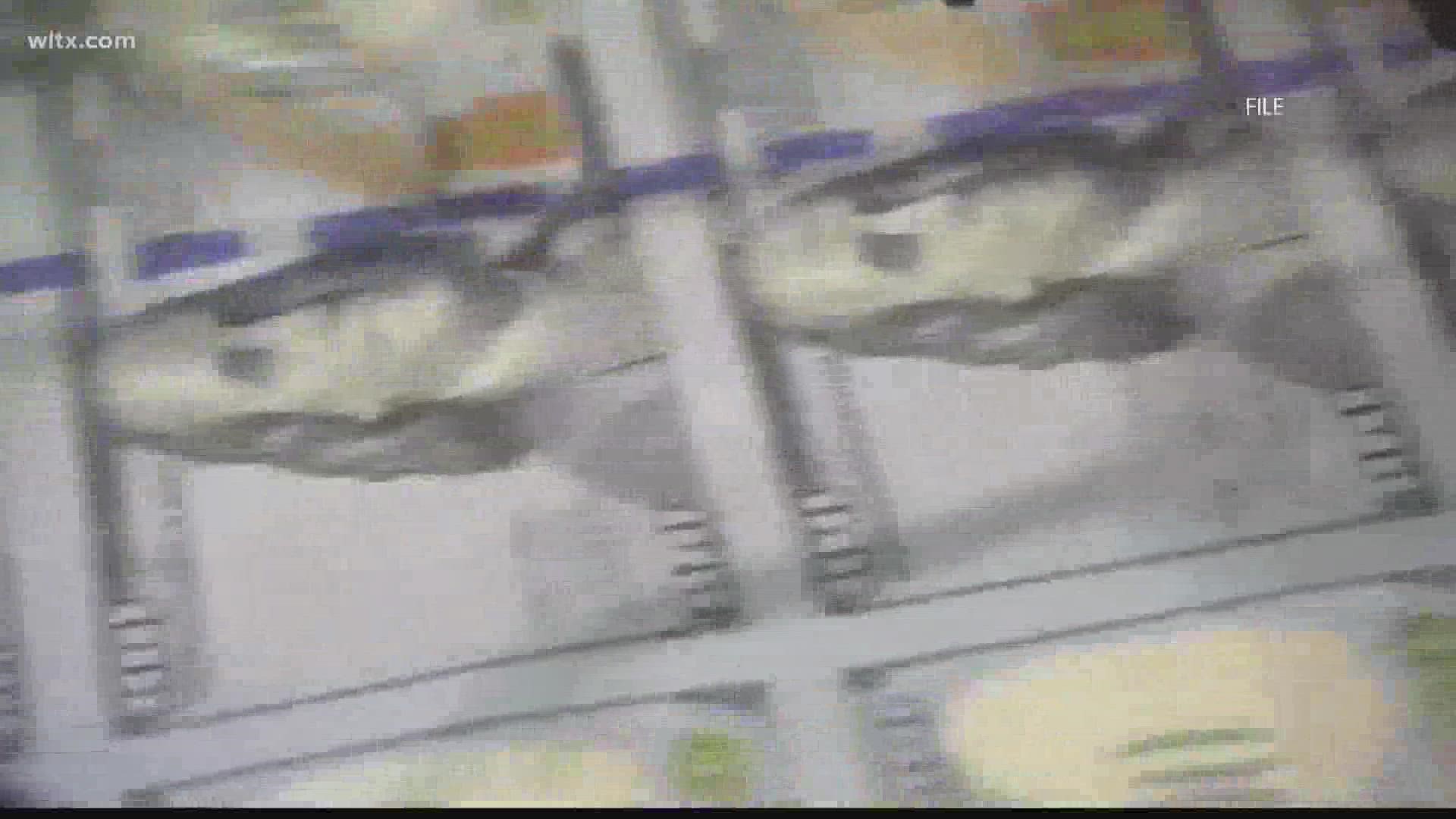COLUMBIA, S.C. — South Carolina Schools received $3 billion in federal relief funding from the pandemic, and the clock is ticking to spend it.
Districts have until September 30th to spend the first round of funding before it expires.
According to the State Department of Education, $194 million has been allocated to districts and there is $54 million left for them to spend.
Derek Phillips with the State Department of Education explained the money can only be used for pandemic-related things like learning loss prevention, cleaning supplies, mental health services and summer learning.
Phillips added each district is required to submit a spending plan for its funding. Once the State approves the plan, the money is released.
"[School districts] had to show documentation that they got public input," said Phillips. "Whether it be a public meeting, or a survey that they send out to the districts, to their families, and communities."
Each district's plan is available on the Department of Education's website.
"The districts have, have really put it to good use towards, you know, getting their kids back in the buildings, being able to gain start gaining back what they lost during the pandemic," said Phillips.
Phillips said many school districts spent most of the first round money on technology like laptops and Wifi as well as PPE.
Richland Two teacher and Director of Governmental Affairs for the Palmetto State Teachers Association Patrick Kelly explained the impact ESSER funds has had on his classroom.
"ESSER funds played a big role in returning safely to the classroom in terms of making sure that we had the PPE and the standardization materials that we needed," said Kelly. "But recently, the bigger use of ESSER funds has been around learning recovery for students, especially in elementary and middle school, but also at high."
RELATED: Parents in Lexington District One ask board member to step down after email exchange made public
Kelly pointed to Richland Two's Summer Opportunity for Academic Readiness (SOAR) program, a free, in-person extended learning camp for elementary and middle school students.
According to state data from June 10, Richland Two has $1.2 million remaining from the first round of funding. Districts like Richland One, Lexington Four, and Clarendon 1 have used all their round one funding.
According to their plans submitted to the Department of Education, Lexington Four spent $1.8 million on school repairs and improvements and $4.3 million on improving indoor air quality. $1.3 million was allocated for technology while $250,000 was budgeted for cleaning supplies and sanitation.
Richland One put $20 million towards Technology and nearly $1 million towards school repairs. $300,000 was budgeted for mental health services while $1.3 million was allocated for cleaning and sanitation supplies.
Richland one is planning to spend $36 million in ESSER funds this year on staffing, Instructional Materials, Afterschool Remediation Program and Summer Programs at elementary and secondary schools.
According to Kershaw County School District Communication Director Rebecca Bean, KCSD was given a total of around $32.3 million in ESSER II and III money. The district has around $17.5 million left.
Kelly called the funding a once in a lifetime opportunity to address urgent issues like teacher shortages.
"If we're trying to address two years of disrupted learning due to COVID and instructional changes and instructional models, Let's get high quality teachers in the classroom," said Kelly. "Let's use those extra funds in a way that help attract and recruit the very best talent."
According to the Department of Education, once the money expires, it's gone for good. Districts have until 2023 to spend the second round of funding and 2024 to spend the third round before it expires.
The two rounds total more than $2 billion.

